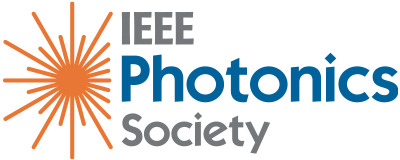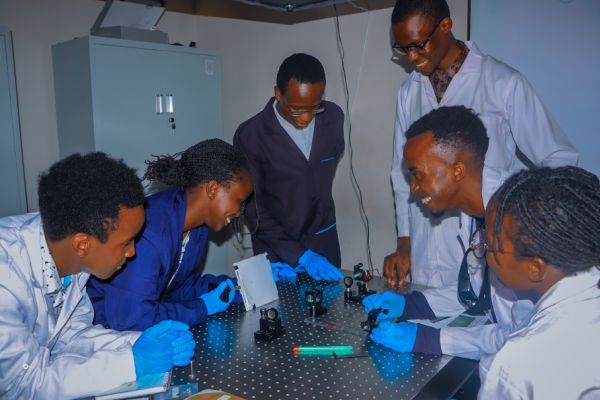I am starting my column on my way back from the European Conference on Optical Communication (ECOC) that was held in Basel, Switzerland on September 18-22. The atmosphere was great as many researchers rekindled after years of not seeing each other in-person. A few remarked that they sometimes even experienced a surprising, but also short-lived, shyness at the time of reacquaintance. The conference was attended by more than 1600 colleagues. These are pre-pandemic levels, a great feat given that major restrictions are still in effect in some countries, like China, that curbs international travel from these countries. The ECOC organization committee made accommodations to present remotely for speakers from countries with restricted travel. The conference was otherwise all in-person. It was good to hear and see firsthand about the latest developments. The field has continued to innovate despite the worldwide pandemic. The exhibitors were present in good numbers and more than 6200 persons from 90 countries signed up for the exhibition. Overall, a great experience.
This brings me to the important topic of the format of conferences in a forthcoming post-pandemic world. The vast majority of our community greatly appreciates the in-person format as more informative and enjoyable. It is by far the preferred conference experience. But, there is also a recognition that travel is not always convenient, for reasons ranging from personal obligations to a lack of financial resources, the latter being particularly critical for some countries or regions of the world. One often thinks that the solution is to run a hybrid conference where the author decides if they will present remotely or in-person. However, we learned in the last few months that the financial cost of running such hybrid conferences is much higher than running an all virtual or an all in-person conference. At this point in time, the IEEE Photonics Society and other Societies at the IEEE are exploring other options, as raising registration costs is not an option to counter hybrid prices. For example, enabling selective content recording. More to come on this topic.
On the publications side, the steady march towards open access continues. The “Plan S” was a major landmark policy originating from a group of European countries. It mandated a gradual shift towards making public the results of government-funded research and/or research funded by public or private grants provided by national, regional, and international funding bodies. Last August, the Office of Science and Technology Policy (OSTP) from the Executive Office of the President of the United States issued an updated policy guidance to its agencies on publications of U.S. government funded research. This guidance states “… make publications and their supporting data resulting from federally funded research publicly accessible without an embargo on their free and public release.” The plan is for this policy guidance to be enacted no later than December 31st, 2025. This represents a more aggressive stance on open access than previous positions of the U.S. Government.
Regarding other conferences, ETOP, Education and Training Optics & Photonics, is a biennial conference that brings together educators from around the world to share information about the practice of teaching optoelectronics and lasers at all levels. Its next installment is planned for May 15-18, 2023 in Cocoa Beach, Florida. More information on calls for papers, speakers and registration can be found on the conference’s external website (etop.creol.ucf.edu). The abstract deadline is December 1, 2022. If you enjoy research and are also passionate about teaching the next generation of physicists, laser scientists and optical designers, please consider submitting your teaching techniques, new curriculum and program ideas.
The IEEE Photonics Conference planning is also well underway with plenary sessions, invited talks, panel discussions, Special Symposia, and an annual Industry Day program, officially announced. There will be tutorials where speakers share their innovative technical contributions and applications that address some of the most complex technologies, on the topics of: Biophotonics and Medical Optics; Materials, Foundries, and Fabrication; Optical Communication and Networks; Optical Communication: Devices, Interconnects and Subsystems; and Microwave Photonics and Vehicular Optics. I look forward to seeing our members and community-at-large during the conference week, November 13-17, in Vancouver, BC, Canada. The full technical program can be found at: ieee-ipc.org
Finally, the 2022 Nobel Laureates in Physics were announced on October 4th. The Prize revolves around a phenomenon unique to quantum mechanics, quantum entanglement, a very active field of research, including in photonics. Quantum entanglement is central to the areas of quantum-key distribution (QKD), quantum sensing and quantum computing. Photonics is expected to continue to play a major role in these areas. Join me in congratulating Alain Aspect, John Clauser and Anton Zeilinger for their outstanding contributions to fundamental physics and for showing a path on the applications of quantum technologies.



